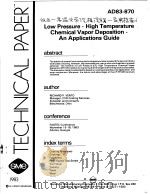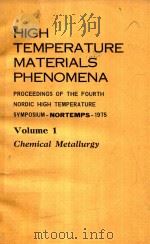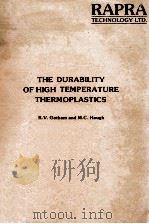《THE SHOCK TUBE IN HIGH-TEMPERATURE CHEMICAL PHYSICS》
| 作者 | 编者 |
|---|---|
| 出版 | 未查询到或未知 |
| 参考页数 | 307 |
| 出版时间 | 没有确切时间的资料 目录预览 |
| ISBN号 | 无 — 求助条款 |
| PDF编号 | 811308788(仅供预览,未存储实际文件) |
| 求助格式 | 扫描PDF(若分多册发行,每次仅能受理1册) |
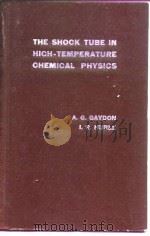
Ⅰ.THE SIMPLE SHOCK TUBE1
Introduction1
Historical3
Applications in chemistry4
Applications in physics6
Astrophysical applications7
Ⅱ.THE SHOCK WAVE IN AN IDEAL GAS9
Sound waves and shock waves9
The growth of a shock wave10
Rarefaction waves12
PRIMARY SHOCK WAVES13
Basic equations13
Derivation of shock parameters in an ideal gas15
Dependence of shock strength on diapbragm pressure ratio18
Comparison between shock-wave and isentropic heating21
REFLECTED SHOCK WAVES23
Reflected shock parameters in an ideal gas24
Comparison of the states behind incident and reflected shocks27
Ⅲ.THE SHOCK WAVE IN A REAL GAS29
Specific heat of a real gas30
Variation of shock parameters in areal gas31
Valid shock relations for a real gas34
The enthaipy of a non-dissociating real gas35
Calculation of the equilibrium state of a non-disociating real gas37
The enthalpy of a real dissociating gas39
Calculation of the equilibrium state of areal dissociating gas41
The equllibrium state of an ionised gas46
Enthalpy contribution from electronic excitation49
Enthalpy values at high temperatures51
Summary51
Ⅳ.GAS FLOWS AND ASSOCIATED EFFECTS IN SHOCK TUBES57
FLOW DURATION IN AN INVISCID GAS57
General considerations57
Interaction of a rarefaction wave with the contact surface58
Flow duration in the incident shock60
Minimum length of tube for working in the incident shock63
Interaction of the reflected shock and contact surface63
Observation time in the reflected shock66
Reduction of flow duration due to real-gas effects67
Laboratory and gas particle times69
VISCOUS FLOW AND BOUNDARY-LAYER LIMITATIONS70
Effect on flow duration and speed of the incident shock72
Closure of the boundary layer74
Effect on observation time and conditions in the reflected shock74
Flow duration at low initial pressure76
The nature and width of the contact surface77
INFLUENCE OF DIAPHRAGM-OPENING PROCESS ON SHOCK SPEED79
Influence of diaphragm-opening time79
Influence of initial three-dimensional flow81
Ⅴ.SHOCK-TUBE DESIGN AND TECHNIQUES83
The basic tube83
Shock-tube diaphragms and bursting techniques88
Improvement of shock-tube performance by heating driver gas92
Improvement of shock performance by area reduction in tube96
Improvement in performance by combined modification97
The tailored-interface shock tube98
Overall length of shock tube and optimum position of observation station99
Converging shock waves103
Electromagnetically driven shocks105
Shock-tube hazards106
Ⅵ.THE MEASUREMENT OF SHOCK SPEED108
Pressure-transducer detectors109
Optical detectors(light-screen schlieren and reflection)110
Temperature-sensitive resistance detectors113
Positive-ion beam detector116
Glow-discharge detector117
Ionisation detectors118
Detector noise levels,impedances and response times119
Measurement of time intervals121
Continuous measurement of shock speed127
Ⅶ.THE MEASUREMENT OF PRESSURE AND DENSITY133
Pressure measurement134
Diaphragm pressure transducers134
Limitations of diaphragm transducers136
Piezo-electric transducers138
Pressure calibration and display142
Density measurement142
Schlieren recording143
Shadow recording145
Light sources and time-resolved schlieren and shadowgraph recording147
Interferometric measurement150
The Mach-Zehnder interferometer152
X-ray and particle-absorption densitometry159
Ⅷ.MEASUREMENT OF TEMPERATURE162
Introduction162
The spectrum-line reversal method163
The sensitivity and accuracy of the reversal method168
The choice of line for spectrum reversal174
Background sources for reversal176
The brightness and emissivity method180
The two-line method182
Rotational temperatures183
Vibrational temperatures185
The breadth and shape of spectrum lines186
Ⅸ.RELAXATION PROCESSES AND TIMES189
Introduction189
Rotational relaxation193
Vibrational relaxation194
Dissociation rates202
Ionisation207
Radiation relaxation211
Relaxation processes in expanded flows211
Ⅹ.EMISSION AND ABSORPTION SPECTRA213
The nature of spectra213
Photography of shock-wave spectra215
Time resolution of spectra216
Spectra of inert gases219
Spectra of O2,N2 and air221
Molecular spectra226
Atomic spectra229
Excitation processes229
Absorption spectra234
Determination of oscillator strengths237
Ⅺ.CHEMICAL STUDIES IN THE SHOCK TUBE241
Experimental techniques241
Carbon formation245
Oxides of nitrogen247
Simple chemical reactions249
Determination of dissociation energies251
Ablation254
Ⅻ.SHOCK-IGNITED DETONATIONS257
The nature of detonation257
Shock and detonation waves261
The speed of a detonation wave262
The Chapman-Jouguet plane267
Calculation of the state of the gas in a detonation269
The shock initiation of detonations273
The structure of an established detonation wave275
Spectra of detonations279
Initiation of detonation with weak shocks282
References288
Author Index297
Subject Index301
《THE SHOCK TUBE IN HIGH-TEMPERATURE CHEMICAL PHYSICS》由于是年代较久的资料都绝版了,几乎不可能购买到实物。如果大家为了学习确实需要,可向博主求助其电子版PDF文件。对合法合规的求助,我会当即受理并将下载地址发送给你。
高度相关资料
-

- PROGRESS IN HIGH TEMPERATURE PHYSICS AND CHEMISTRY VOLUME 3
- PERGAMON PRESS
-

- PHYSICS OF HIGH-TEMPERATURE REACTORS
- 1976 PERGAMON PRESS
-
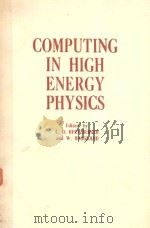
- COMPUTING IN HIGH ENERGY PHYSICS
- 1986 ELSEVIER SCIENCE PUB.
-
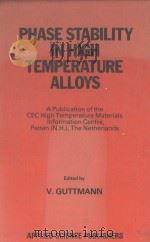
- PHASE STABILITY IN HIGH TEMPERATURE ALLOYS
- 1981 APPLIED SCIENCE PUBLISHERS LTD
-
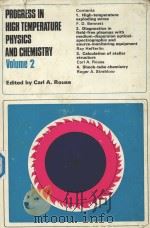
- PROGRESS IN HIGH TEMPERATURE PHYSICS AND CHEMISTRY VOLUME 2
- 1968 PERGAMON PRESS
-
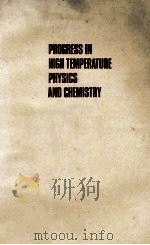
- PROGRESS IN HIGH TEMPERATURE PHYSICS AND CHEMISTRY VOLUME 3
- 1969 PERGAMON PRESS OXFORD . LONDON . EDINBURGH . NEW YORK
-
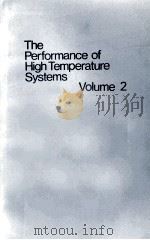
- THE PERFORMANCE OF HIGH TEMPERATURE SYSTEMS VOLUME 2
- 1969 GORDON AND BREACH
-
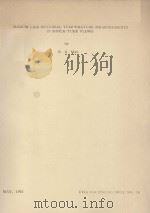
- SODIUM LINE REVERSAL TEMPERATURE MEASUREMENTS IN SHOCK-TUBE FLOWS
- 1963 UTIA TECHNICAL NOTE
-
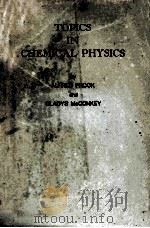
- TOPICS IN CHEMICAL PHYSICS
- 1962 ELSEVIER PUBLISHING COMPANY
-
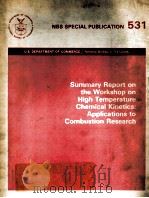
- SUMMARY REPORT ON THE WORKSHOP ON HIGH TEMPERATURE CHEMICAL KINETICS:APPLICATIONS TO COMBUSTION RESE
- 1978
-
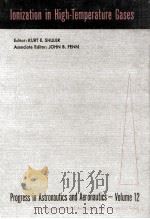
- IonIzation In High-Temperature Gases
- 1963 Academic Press Inc.
-
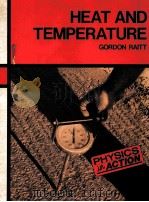
- PHYSICS IN ACTION HEAT AND TEMPERATURE
- 1987 CAMBRIDGE UNIVERSITY PRESS
提示:百度云已更名为百度网盘(百度盘),天翼云盘、微盘下载地址……暂未提供。➥ PDF文字可复制化或转WORD
